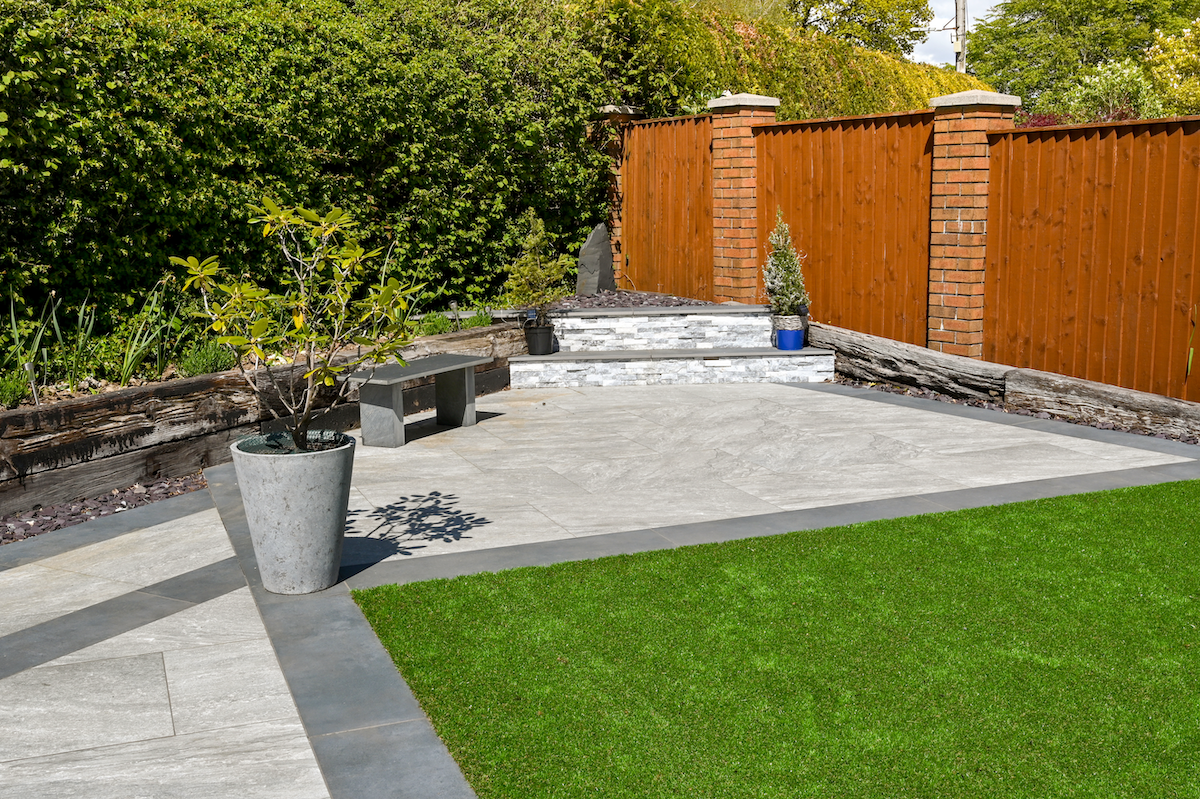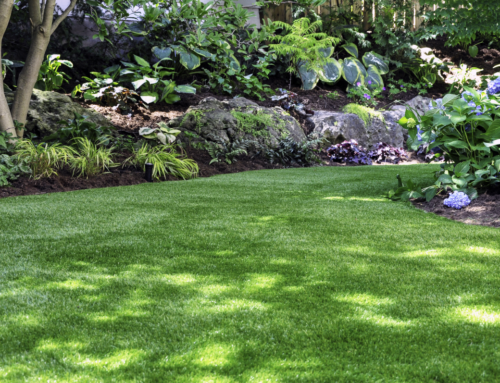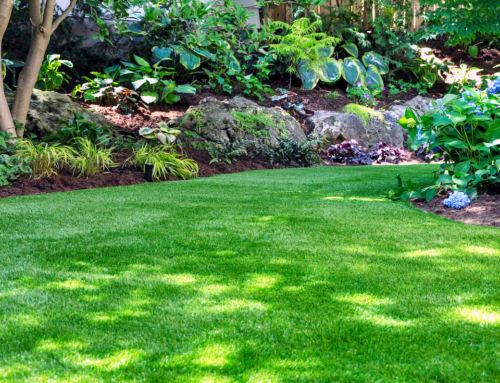Last Updated on May 15, 2023 by ReTurf
Whether you’re sprucing up your lawn or building a sports field, maintaining a large, lush green-space can be a time-consuming, expensive, water-guzzling proposition.
Enter the modern solution: artificial grass and artificial turf.
These two terms are often used interchangeably, creating a bit of a word whirlwind—leaving many of us wondering, “Are they the same thing?”
The very short answer is: Yes, artificial grass and artificial turf generally do refer to the same thing. Both are synthetic alternatives to regular, natural grass, and are crafted from man-made materials that are designed to mimic the appearance and feel of a well-kept, green lawn.
However, let’s dig a little deeper:
The Art of Going Artificial – Synthetic Solutions for Lush Lawns & Pristine Fields
Artificial grass or turf is made from durable, synthetic fibers such as polyethylene, polypropylene, or nylon. This is not just the spiky “astro turf” of years past that many people picture when they hear artificial grass, nor is it the brittle, “cheap fake grass” you can sometimes find at big box stores.
The construction of these rolls of artificial turf involves tufting, a process where these fibers are threaded into a backing material, creating a carpet-like product that feels more like its natural counterpart underfoot.
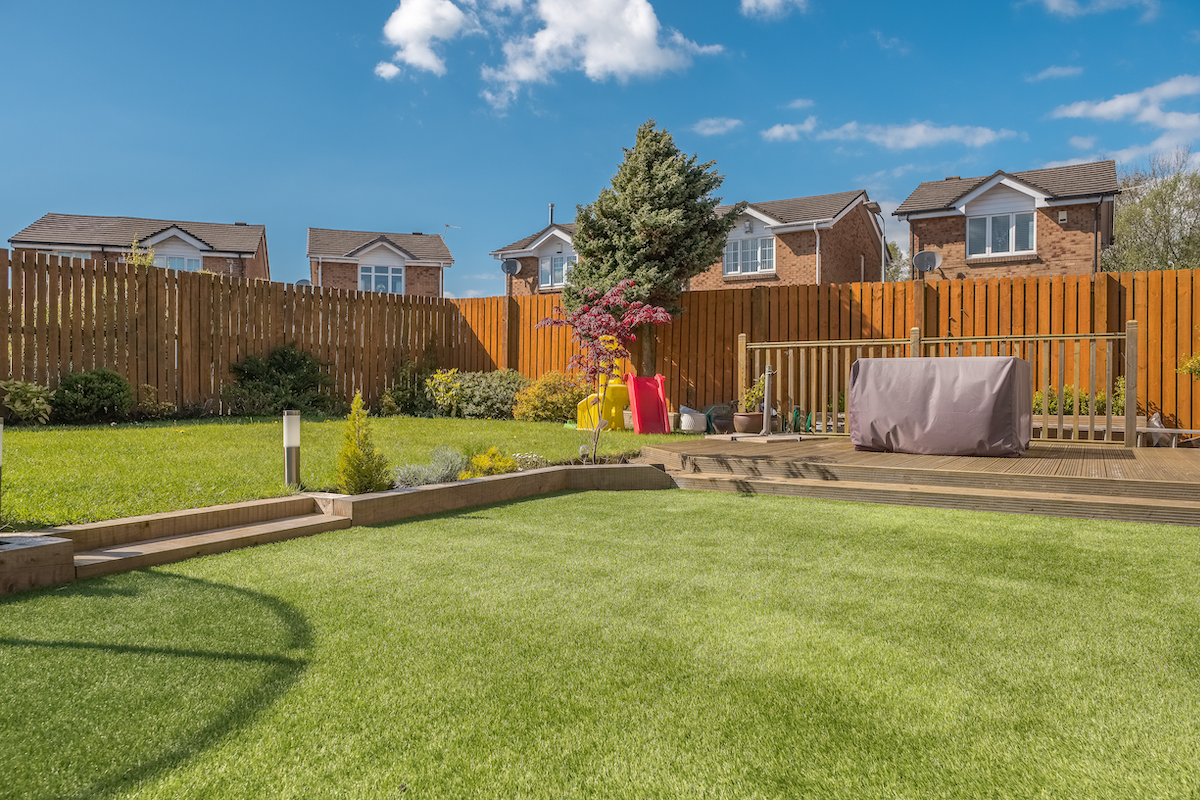
This is then filled in with a substance known as infill—often made of crumb rubber and/or silica sand—providing a cushioning effect. It also helps the fake grass blades stand straight up (akin to natural soil support).
The terms “artificial grass” and “artificial turf” are used interchangeably in most contexts, but there can be slight differences in usage based on the intended purpose:
- When people use the term “artificial turf,” they’re sometimes referring more to the type of surface used in sports fields—think football or soccer—where the need for a durable, uniform surface that can stand up to very heavy use is paramount.
- Meanwhile, “artificial grass” is a term more commonly employed when referring to residential or commercial landscaping applications. It brings to mind a picture of a perfect, evergreen, virtually maintenance-free lawn that stands up to kids, pets, and the occasional neighborhood party or family reunion.
Context: Grass vs Turf
While there may not be a significant difference between artificial grass and artificial turf and the two are used in place of one another frequently, it’s worth noting that the quality, appearance, and feel can vary significantly between different products.
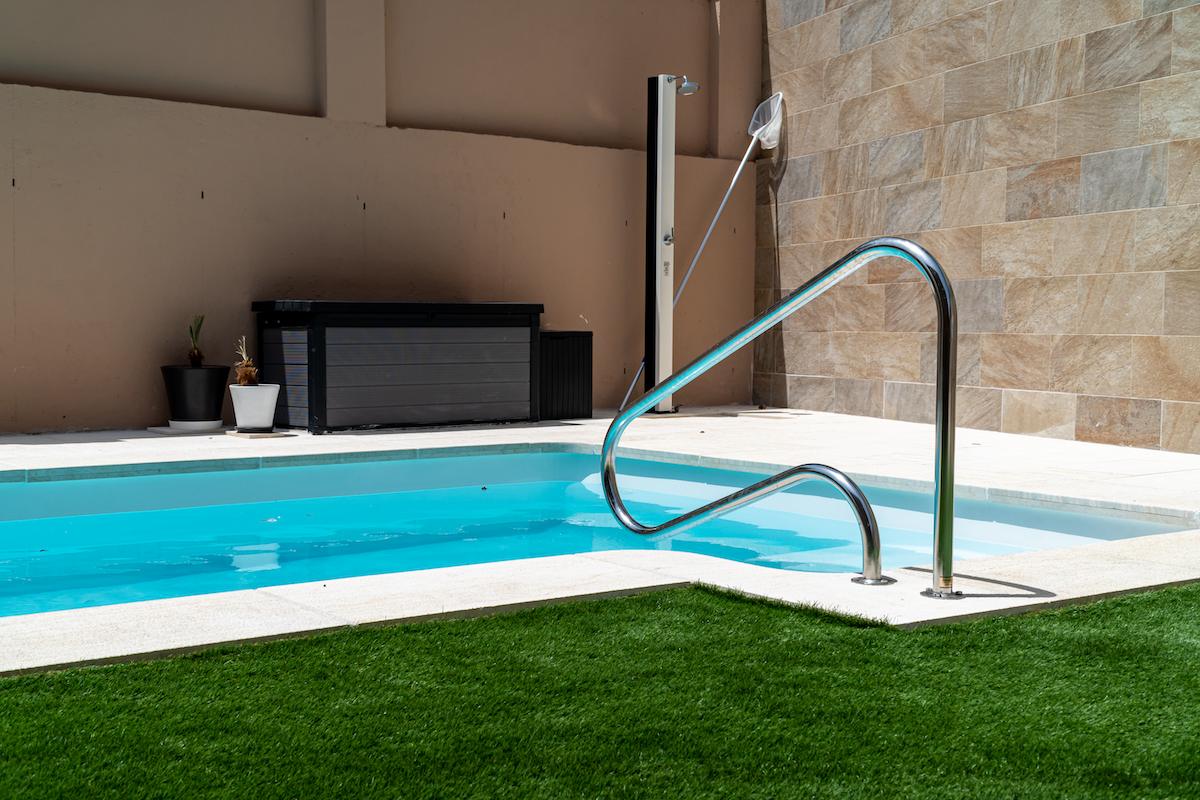
Higher-end variants may be durable and closely mimic the look and feel of a specific type of grass, more economical options may be designed more for low-foot-traffic areas, and used artificial turf provides the best of both worlds.
The specifics of the manufacturing process, the type of synthetic fibers used, the density of the tufting, and the nature of the infill all play a role in determining a turf/artificial grass product’s characteristics. These factors contribute to the lifespan, feel underfoot, and overall appearance of the synthetic lawn.
More premium turf products may use a mix of different shades of green and even incorporate some brown fibers and thatching to emulate the look of a natural lawn more closely. Meanwhile, stadium-grade turf might prioritize uniformity, resilience, and durability over a perfectly natural appearance.
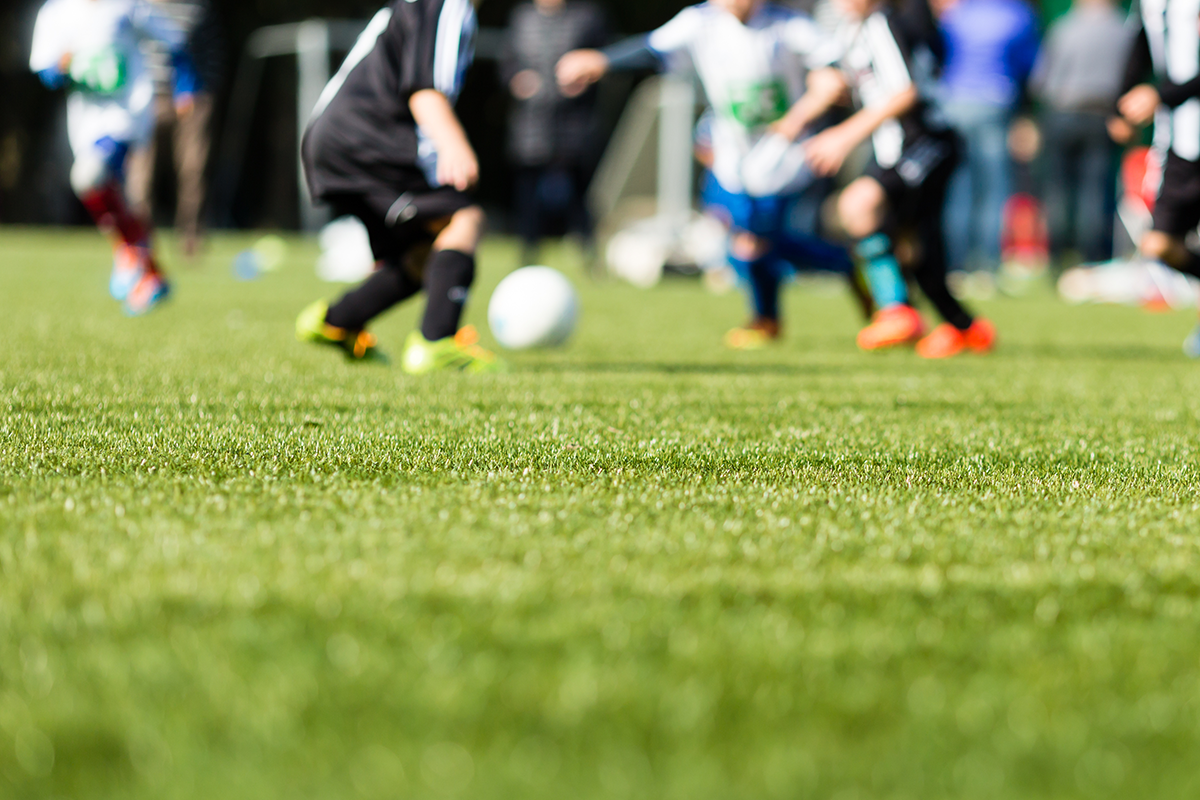
Regardless of the terminology, the growing popularity of artificial grass/turf has brought with it several notable advantages:
- Compared to its upfront cost, the reduction in ongoing maintenance costs can make it a cost-effective solution in the long run.
- It’s a boon for water conservation efforts, especially in drier regions.
- It can help reduce allergy problems.
- It reduces mud and mess
- It’s a low-maintenance solution that stays green all year round, saving you time, money, and effort in upkeep.
While artificial grass and artificial turf often refer to the same thing, depending on the context one term may be used more than the other. From residential and commercial landscaping to sports fields and stadiums, the application, product quality, and personal preference will determine the best synthetic solution for your green space needs.
ReTURF – The Artificial Turf & Grass Experts
If you have any concerns or need assistance with a project, the artificial turf/grass experts at ReTURF are always available to lend a hand. Don’t hesitate to contact us—our professional staff is ready to answer your questions and assist you with your project planning needs.
Give us a call at (828) 518-5787 or click here to email us!

